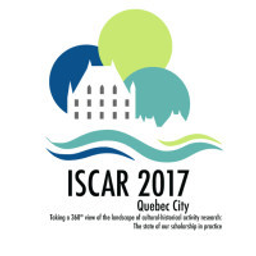ABS129 - Translanguaging during instructional conversation: A means for linguistic and educational mediation
Theme:
1.1 Social, cultural, linguistic and educational mediation
What:
Paper in a Working Group Roundtable (WGRT)
When:
11:00 AM, Tuesday 29 Aug 2017
(1 hour)
Breaks:
Midday Meal 12:00 PM to 01:30 PM (1 hour 30 minutes)
Where:
Convention Center
- 2000 A - Table D
How:
Translanguaging is the fluid use of various languages to communicate. It is considered a natural act of bilinguals; however, in some educational settings, it is underused and even discouraged. Yet, the literature indicates that translanguaging fosters the linguistic and cognitive development of multilingual children. The results of this study demonstrate that translanguaging encouraged the engagement and verbalizations of multilingual children during Instructional Conversation and provided opportunities for linguistic and educational mediation. An Instructional Conversation is a discussion centered on a learning goal between small groups of children and an educator. From 27 hours of video data, three sequences were identified in which the educators encouraged translanguaging, and the multilingual children responded with increased verbalizations and shifts in behaviors marking increased engagement. Across these sequences, the educators positioned themselves and the children as coparticipants during the Instructional Conversation. The discourse contained clear indicators that expertise was distributed among participants. This positioning and distribution of expertise appeared to promote the translanguaging and engagement of multilingual children. The results support the use of translanguaging as an alternative to more traditional ways of talking with young multilingual children. The examples could be used for educator professional development and reflection.
